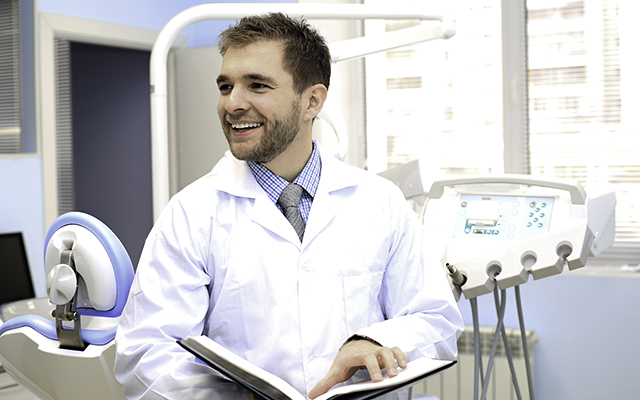
With changes in the marketplace, building a dental practice from the ground up has sparked interest for many new doctors. Though risky, the personal and financial rewards can be plentiful and attainable.
While advisors have historically championed buying into practices to take advantage of cash flow and income to tackle student loan debt and begin accumulating wealth, what we’ve seen is that there are fewer practices on the market and more competition for the ones that do hit the market. We see baby boomers working and keeping their practices longer, leaving new dentists with a tighter market to begin practicing.
Additionally, graduating doctors are not the only buyers. Now more than ever, new doctors are competing with the growing corporate entities and established doctors trying to increase their footprint. As a result, advisors and consultants are reevaluating startup practices.
Each year, our firm surveys our orthodontic clients to gather comparative data. The latest edition of our Orthodontic Practice Comparison Report showed the average orthodontist surveyed produced $1,913,238 by the provider and had an overhead of 53.7 percent. This equates to approximately $885,800 of income before paying practice debt and perks. In contrast, an average associate works 16 days per month at $1,157 a day; he or she will make $222,144 for the year.
Looking at the opportunity costs and long-term benefits, we found that despite the challenges associated with startups, the payoff could be significant if important factors were in place.
Living your dream
I met the client, who we’ll call Dr. John Doe, and his wife when he was in his last year of orthodontic residency. Although concerned with the amount of dental school debt he carried, he came to me knowing he wanted to start his own orthodontic practice. After months of hard work, he opened his practice. In the beginning, it was tough. Here are a few financial challenges he had to watch for:
- Cash flow: The way orthodontic contracts are structured creates a lag in collections. It takes about 12 months for collections to catch up and match the production from the prior period. As such, you should have another source of income in place. In this case, Dr. Doe’s wife was able to sustain them during the beginning of turbulence.
- Staff: Staff costs are the largest single expense in an orthodontic practice. On average, the surveyed clients spend about 18 percent of collections on their staff. Dr. Doe started with an assistant and a front office staff to ensure patients were assisted. Since the beginning, he has only added staff when necessary.
- Rent: The average surveyed client is typically more established and spends about 6 percent of collections on rent. Considering Dr. Doe was running a startup, he kept rent at approximately 10 percent of collections. It’s common to see new orthodontists overspend on rent with a large space they will “grow into.”
The payoff
At the end of his first year, Dr. Doe barely made enough to service his debt. But those days are long gone. His income has grown exponentially. Now, he exceeds $1 million in production. Dr. Doe is the first to tell you that starting your own orthodontic practice isn’t easy, but he would be one of many that will tell you it was worth it. Startup or buy-in, ownership can bring you the opportunity to control your own destiny.
~ Judson Crawford, CPA, Partner, Cain Watters and Associates
No comments:
Post a Comment